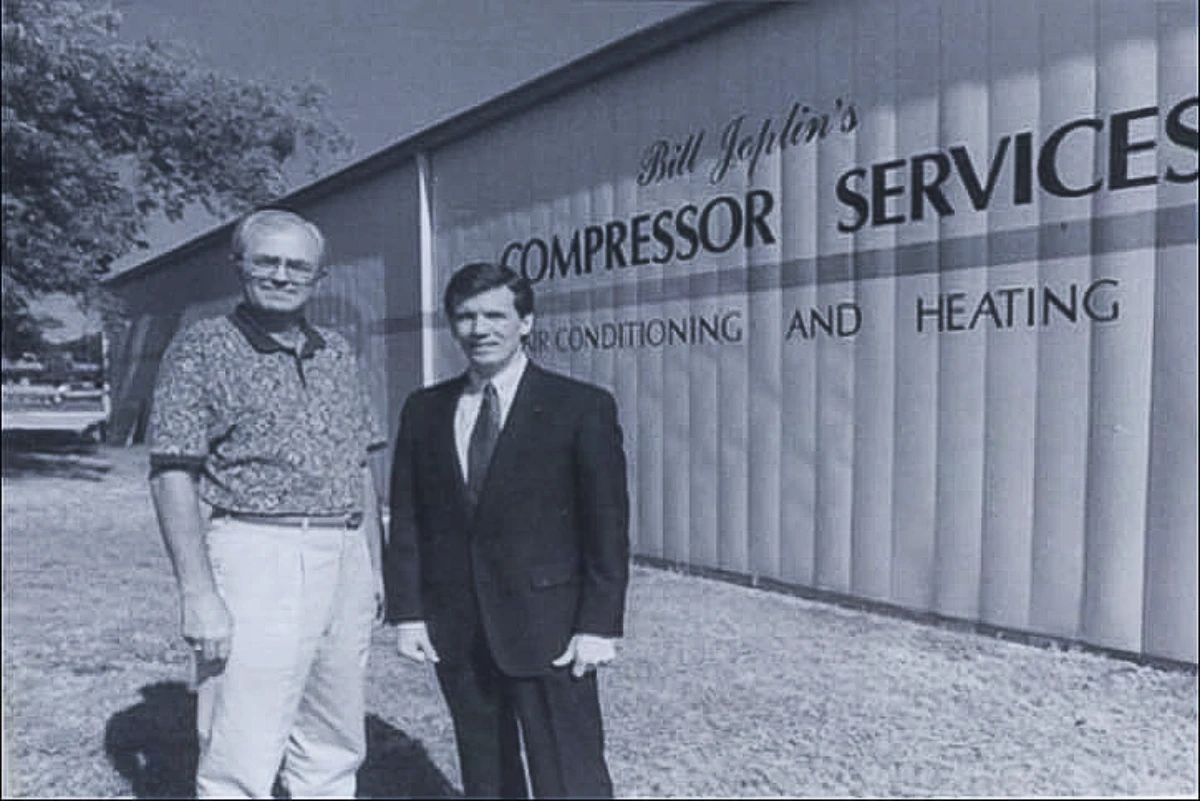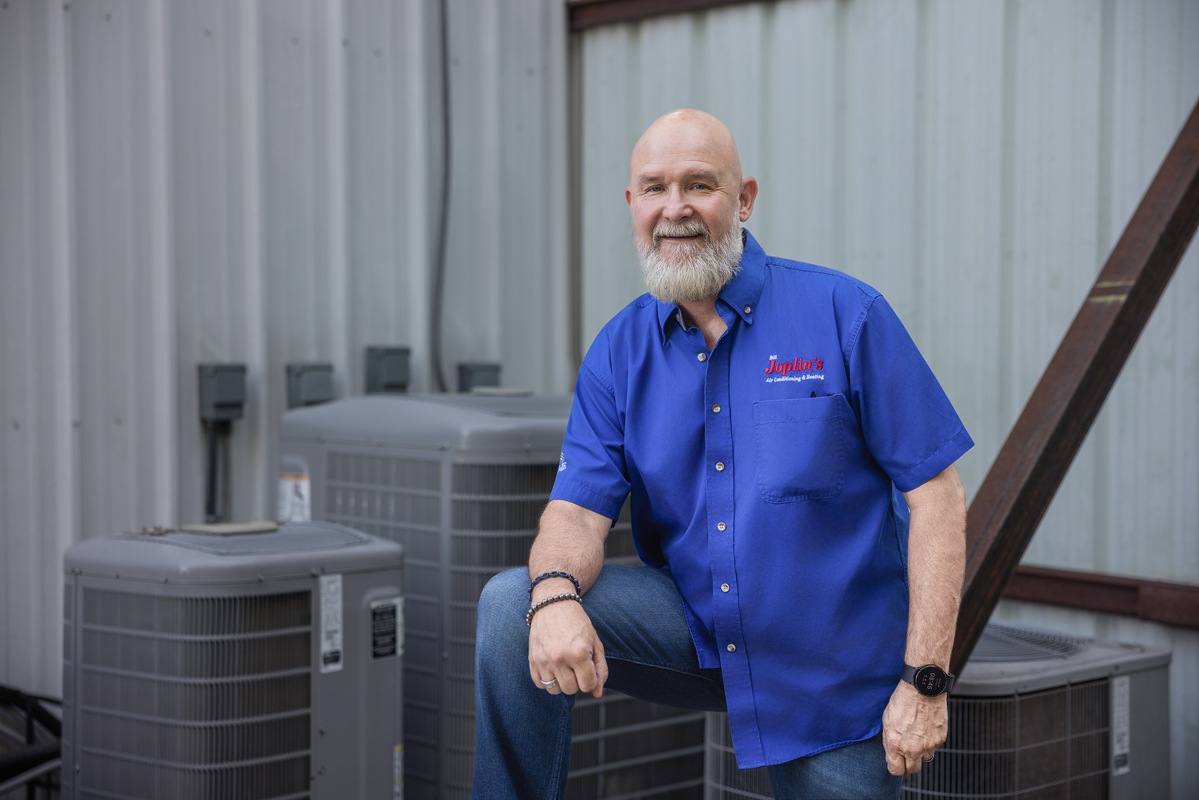Modern homes require a significant amount of energy to maintain the comforts and conveniences we’re used to and the devices we use every day. Homeowners may think there are few options for reducing energy use and saving money on monthly expenses. There are, however, several useful options for saving energy at home. Here are a few of those options and how they can be used in each room.
Living Room
Use curtains and drapes to help control the accumulation of excess heat in your living room. Close curtains during the summer to keep heat and sunlight out. In the winter, open drapes and curtains to let extra sunlight in to warm your home.
Turn off lights, televisions and other devices when not in use. Unplug TVs, battery chargers and other appliances that use standby energy. Install Energy Star-certified bulbs, CFLs and other efficiency bulbs in lamps and light fixtures.
If you have a fireplace, make sure the flue damper is closed to prevent air and energy from escaping up the chimney.
Install a ceiling fan to improve the performance and efficiency of your heating and cooling systems. In the summer, direct airflow downward to providing cooling breezes. In the winter, set airflow upward to help disperse and re-circulate heat that has risen toward the ceiling.
Kitchen
Instead of pre-rinsing dishes, scrape them before putting them into the dishwasher, and only run it when you have a full load of dishes.
Repair any leaky faucets as soon as possible. Even a small drip at the faucet can waste many gallons of water over time. If the leak is in the hot water system, you can also waste energy warming up water to replace what gets lost.
Consider replacing your refrigerator, oven, dishwasher, microwave and any other appliances with Energy Star-certified models. These high-efficiency appliances are guaranteed to help you with saving energy at home.
Bathroom
Install low-flow shower heads and faucets for the bathroom and kitchen. These devices reduce the amount of water you use for routine tasks, but they still provide plenty of water to get the job done.
Lower the water heater temperature. Make sure it’s set to 120 degrees or lower. Water at 120 degrees is suitable for most household tasks involving cleaning or bathing.
Make sure you have a properly installed and Energy Star-certified ventilation fan for each bathroom. This will remove excess moisture, which can cause mold growth and provide an inviting environment for insects and pests.
Home Office
Many devices in a home office use standby power to maintain settings and internal devices such as clocks. Computers, printers, stereo equipment and similar equipment consume a small amount of power even if they’ve been turned off. Plug these devices into a power strip and turn it off when you’re done using them. It will completely stop power to each appliance.
Bedroom
Instead of turning up the heat in the winter, use extra blankets on the bed to keep you warm and boost your chances of saving energy at home.
Install a programmable thermostat that can reduce HVAC system operation when you don’t need it, such as at night when you’re in bed. It can also automatically increase heating or cooling to have your home comfortable when you get up in the morning.
Basement
Make sure your HVAC system receives regular preventive maintenance (at least annually) to optimize performance and maintain equipment efficiency. Check air filters monthly and change them when they get dirty.
Attic
Increase the amount of insulation in your attic to prevent excess heat from accumulating. If your attic gets hot, that heat will flow downward into your living areas, raising indoor temperatures, decreasing indoor comfort and putting extra demands on your cooling equipment. In the winter, the insulation will help keep warm air from rising into and escaping from the attic.
For more information on saving energy at home, check out Bill Joplin’s Air Conditioning & Heating’s energy saving solutions, or call 888-414-4655.



